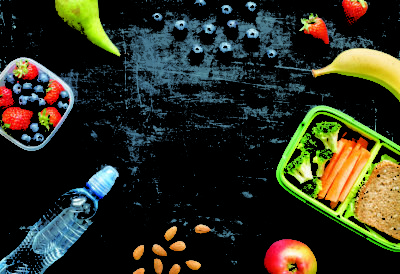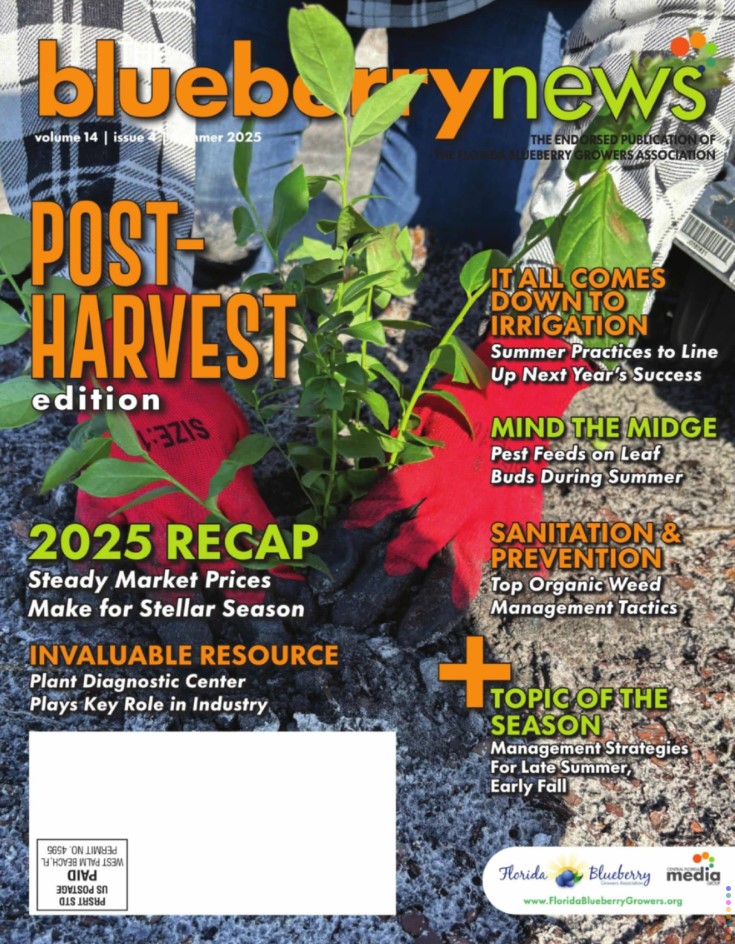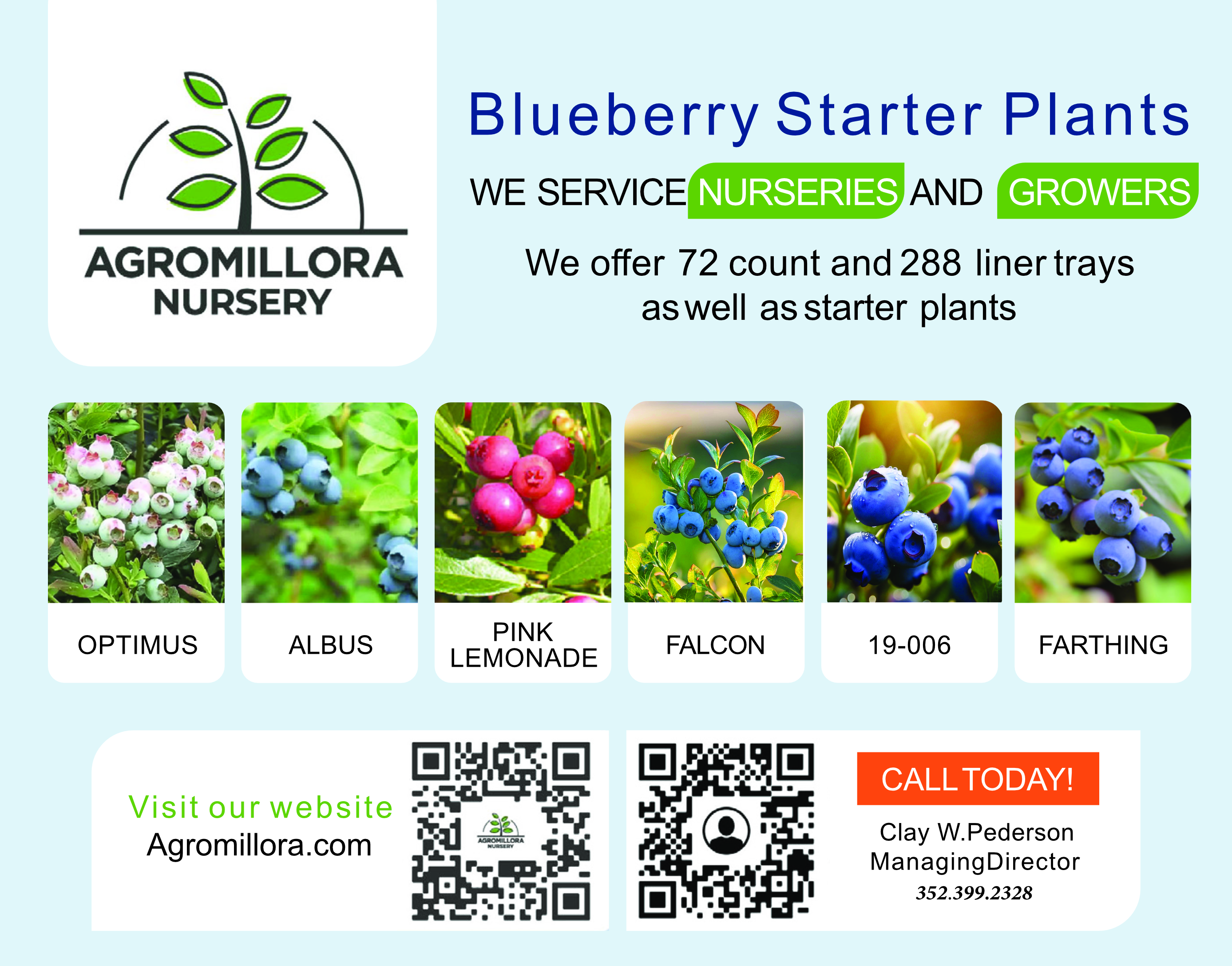Initiative Seeks to Build Mutually Beneficial Relationship Between Local Farms and Schools
Bob Wilhelm packed the blueberries in five-pound boxes. The schools served them in fruit cups and used them to teach math. “They [fusion_builder_container hundred_percent="yes" overflow="visible"][fusion_builder_row][fusion_builder_column type="1_1" background_position="left top" background_color="" border_size="" border_color="" border_style="solid" spacing="yes" background_image="" background_repeat="no-repeat" padding="" margin_top="0px" margin_bottom="0px" class="" id="" animation_type="" animation_speed="0.3" animation_direction="left" hide_on_mobile="no" center_content="no" min_height="none"][the children] loved it. They sent some great pictures of the kids eating them for snacks,” says Wilhelm, owner of the Boca Raton-based Bova Fresh. “They seemed to make it very interactive with the kids. It was nice to see.”
Wilhelm was selling about 2,100 pounds of blueberries at a time to the Collier County School District last spring. “The five-pound box makes it pretty easy for the school to fill their cups. They do the fruit cups,” he explains. “Instead of us packing into a clamshell, we pack in just a five-pound bulk box.”
Since 2015, the state’s Farm to School initiative has facilitated the sale of more than 875,000 pounds of fresh, seasonal produce to Florida schools. “Florida’s growing season aligns with the school year, providing farmers the perfect opportunity to have their products served in cafeterias,” says Aaron Keller, Press Secretary for Agriculture Commission Adam Putnam.
Florida’s Department of Agriculture and Consumer Services has been making it a priority to increase the amount of fresh Florida products in school lunches since it took over the school lunch program in 2012.
FDACS works with schools and farmers, building mutually beneficial relationships. “Every school district plans and serves their own menus, based on the federal meal pattern requirements,” Keller says. “For many school districts, fresh fruits and vegetables are a logical starting place for local procurement.” Requirements vary from school district to district.
“The best way for a Florida farmer to get connected to a school district is to contact the department via email at [email protected],” Keller says. “The farmer will then be contacted by an outreach coordinator that works on the Farm to School program.”
An outreach coordinator will take basic information and pass this along to the school districts. More information is available at FreshFromFlorida.com/FarmtoSchool.
Obtaining farm certifications can aid farmers in their attempts to establish relationships with the schools. So, the department’s Division of Food, Nutrition and Wellness has developed a Good Agricultural Practices/Good Handling Practices Certification Program to make things easier.
“The Good Agricultural Practices (GAP)/Good Handling Practices (GHP) Certification Award Program is a cost-share/reimbursement program designed to assist Florida producers with the cost of a GAP/GHP food safety audit with the intent to sell produce to Florida schools,” Keller states.
It is intended to “allow more Florida producers the opportunity to supply schools with fresh Florida produce,” he adds. More information is available at FreshFromFlorida.com/FarmtoSchool.
CREDIT
by CHERYL ROGERS[/fusion_builder_column][/fusion_builder_row][/fusion_builder_container]






